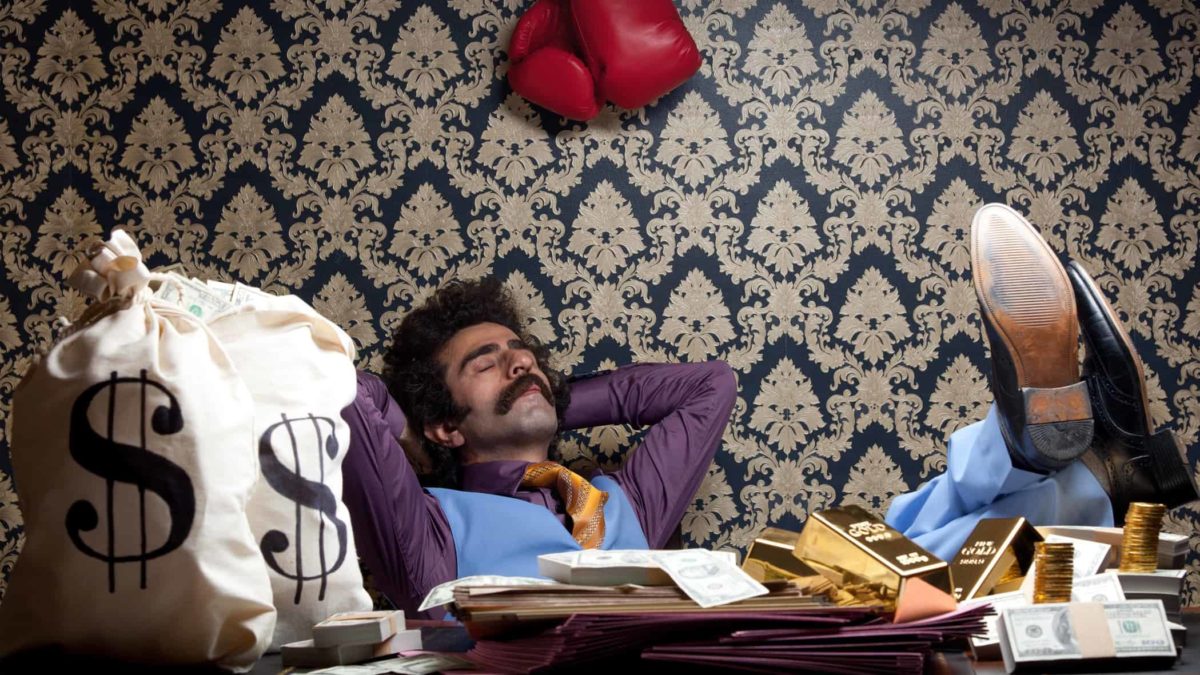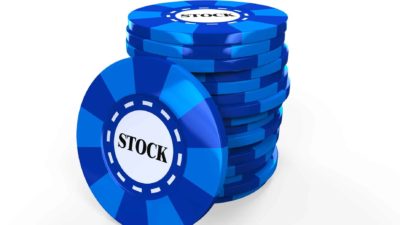I think that ASX dividend shares are a great way to build a nest egg and live off the dividends. Investors that are getting ready to retire will want to know about how effective businesses can be for passive income.
In my opinion, businesses are very capable of producing dividends and growth because of what they do with their profit.
A company will hopefully generate a profit each year. It can then decide to pay some of that out as dividends and keep the rest to re-invest and grow the business. For example, it could decide to pay out perhaps half of its net profit and re-invest the other half.
While a lot of businesses do pay dividends, there are only a few that pay out all of their annual operating profit each year (such as Deterra Royalties Ltd (ASX: DRR) and Charter Hall Long WALE REIT (ASX: CLW)).
But, this financial flexibility allows investors to spend all of their dividends, if they want to, and still potentially experience a bigger payout a year later.
How dividend yields are boosted
When savers utilise a term deposit to get a safe return, the quoted interest rate is how much of a return they'll get at the end of the period. Some savers may need to pay some tax on that interest when they do their tax returns.
However, fully franked dividends from ASX dividend shares offer investors a very interesting form of passive income.
A business like Telstra Corporation Ltd (ASX: TLS) could have a fully franked dividend yield of 4.25%. But, that dividend also comes with franking credits.
It'd be useful to read the above linked explainer about franking credits. But, it's essentially the corporate tax paid by a company which is then 'attached' to the dividend for the shareholder as a refundable tax offset. This is so that the profit generated by the company isn't doubled taxed – once at the company level and then once at the individual level.
For low tax rate individuals, (some) franking credits can be refunded when the tax return is done. Franking credits reduce the tax owed by an individual with a higher taxable income and tax rate.
The Telstra fully franked dividend yield turns from 4.25% into a grossed-up dividend yield of 6%. Franking credits make up almost a third of the total grossed-up yield, or said another way they can boost the cash yield by almost half.
But, it's important to remember that an ASX dividend share isn't worth buying just because it pays fully franked dividends.
Compound interest can do the heavy lifting
For investors that are a long way away from retiring, compounding can help grow a portfolio.
While it's impossible to say what the future returns of the share market will be, historically the ASX share market has returned an average return per annum of around 10%.
Using the Moneysmart calculator, starting at $0 and investing $1,000 a month for 25 years turns into $1.18 million if it returned 10% per annum.
Generating annual dividends of $70,000
The dividend yield and the size of the portfolio determine how much annual dividend income is generated.
For example, a $1.5 million portfolio with an average dividend yield of 5% would generate $75,000 of annual dividends.
But, a $1 million portfolio with a 7% dividend yield would make $70,000 of annual dividends.
Higher dividend yields aren't necessarily riskier than a lower dividend yield, but it could suggest the business is in a more volatile industry.
I have written a number of articles in recent weeks about potential (retirement) ASX dividend shares like this one, this one and this one.
In one of the articles, I reference Washington H. Soul Pattinson and Co. Ltd (ASX: SOL) which has grown its dividend every year since 2000, though dividends are not guaranteed. It has a grossed-up dividend yield of 3.7%.
I also mentioned Metcash Limited (ASX: MTS), the supplier of IGAs, which has a grossed-up dividend yield of 7.3%.
By FY24, Wesfarmers Ltd (ASX: WES), the owner of Bunnings and Kmart, could pay a grossed-up dividend yield of around 6%.
Then there's a name like BHP Group Ltd (ASX: BHP) – the ASX's biggest company – which is projected to pay a grossed-up dividend yield of 10% in FY23 according to Commsec. But, with how resource prices change, the dividend yield could be smaller in FY24.









